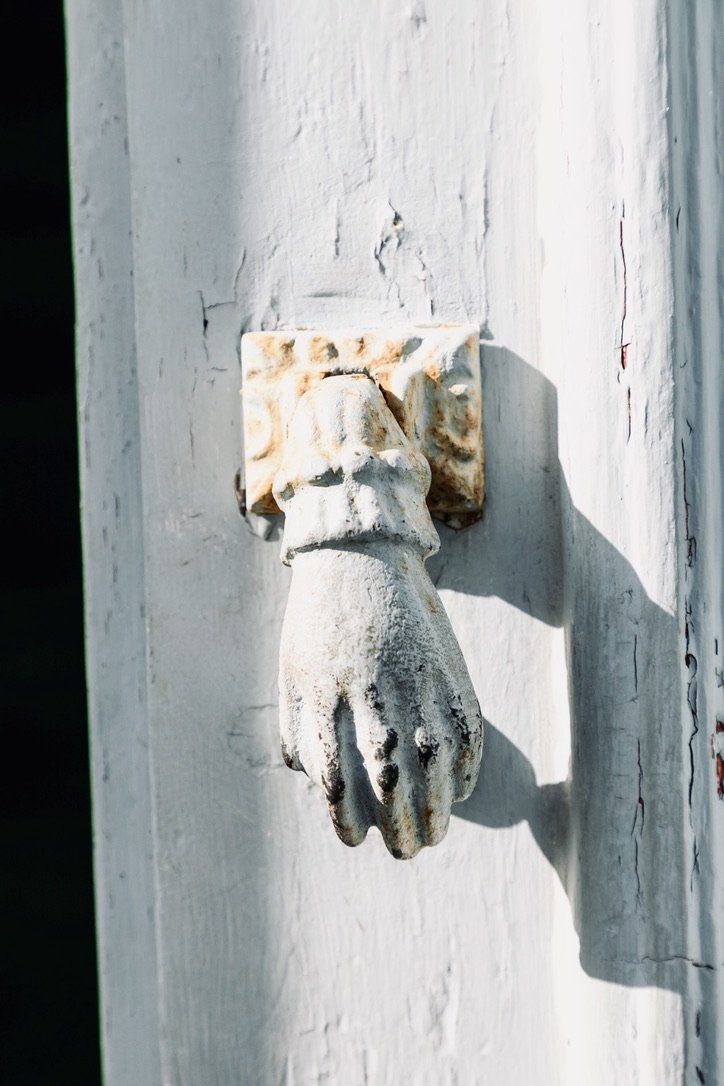Since pre-history, Olhão has had vestiges of human occupation, although the oldest written record dates only from 1378. The estuary and abundance of water were decisive factors that influenced fishermen to congregate along the beach of Olhão. From the 17th century the settlement developed, the growth being driven by the protection offered by the Fort of São Lourenço do Bugio, which guarded the coast and entrance to the estuary.
During the French occupation of the Algarve, during the Peninsular Wars (1807–1814) Olhão was notable for one of the few public uprisings against the occupiers, occurring on 16 June 1808. This revolt culminated in the expulsion of the French from Olhão and, as a result, from the rest of the Algarve. It was during this period, that a month later, a small group of 17 men embarked to Brazil, a Portuguese territory in South America where the king was living due to the French invasion, on a caique (a small sailing vessel) named Bom Sucesso, in the hope of promoting the Algarvean success to the Portuguese Court. The crew brought an ex-official statement describing the audacious attitude of the Olhanese revolt. A replica of the boat is moored at Olhão's waterfront.
Over time, this small town of fishermen grew into an economic, social and urban centre, resulting in its elevation in city in 1985.More recently it has also developed as a thriving tourist town, with many of the ancient buildings remodelled as small hotels, restaurants and bars. The distinctive ‘Hand of Fatima’ house door knockers date back to the Moorish occupation and are thought to provide protection and good fortune for all inhabitants.






